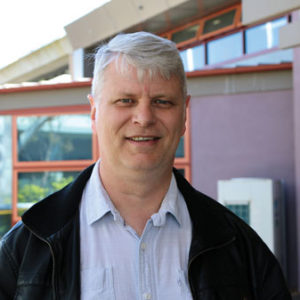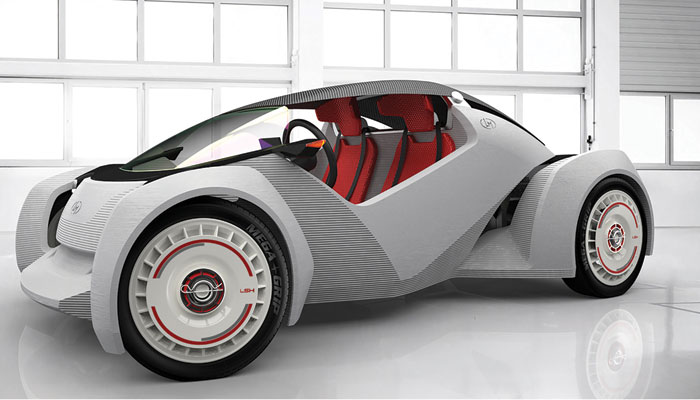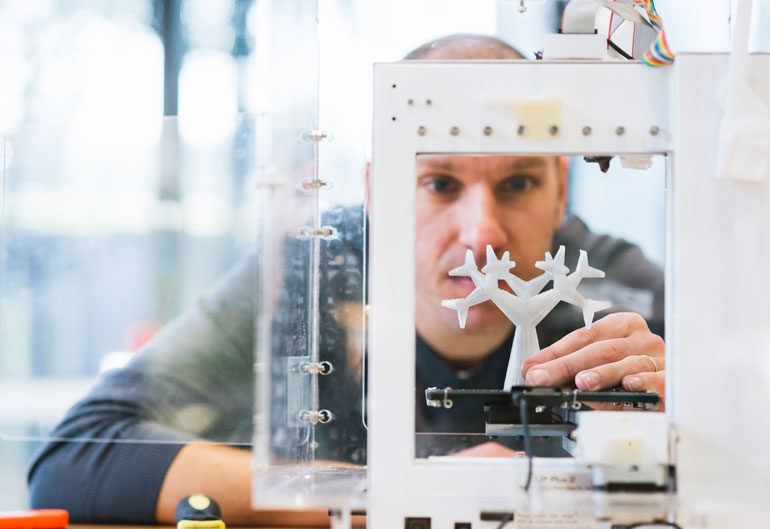When it comes to 3D printing, is Australia falling behind the rest of the world?
A set of technologies that has grown more useful over three decades, 3D printing continues its evolution, though the media has often portrayed it as offering a revolution.
This is a topic Ian Gibson, professor of industrial design at Deakin University, frequently covers in keynote speeches, books and articles on additive manufacturing, and in conversations with industry. Sometimes it’s a case of expectation management.

“It’s being shown to be beneficial in certain market sectors for a number of years,” Gibson said.
“When I first started out I was one of these evangelist types as well. I would sort of say ‘I want more and more people to use it.’” Though it’s an invaluable tool in many situations, and Australia’s uptake is arguably slower than it could be, additive manufacturing is sometimes misunderstood as a miracle technology that is capable of anything.
“Now… I’m trying to temper some people’s enthusiasm because I’m trying to say, ‘Well, yeah, just be a little bit careful because some of these businesses have not worked quite as much as you may think they have,’” he said.
Gibson was first exposed to 3D printing, then called rapid prototyping, in the early 90s at Nottingham University. He is also co-founder of the influential Rapid Prototyping Journal. He recently organised the third instalment of Inside 3D Printing (the local version of the global series of trade shows), and gave the first day’s opening keynote on international trends and markets.
Worldwide adoption races ahead
Globally, Australia is behind the pace, despite some strong investments in machinery at universities (notably around Melbourne in metal production equipment).
universities (notably around Melbourne in metal production equipment).
“The US is obviously ahead, but quite a lot of the European countries are much, much further advanced in terms of implementation,” Gibson said.
Investment continues to grow robustly. According to the highly-regarded annual Wohlers Report, 2015 saw the global market for products and services reach US$5.165 billion, an increase of 25.9 per cent compound annual growth rate (CAGR) on 2014.
This was down from a recorded CAGR of 33.8% per cent for the past three years and 26.2 per cent for the last 27. Still, for a market that old, it’s undoubtedly a strong result.
“There are a lot more companies buying those machines because they’ve already gone through that process of understanding how it can be useful to them commercially.”
In terms of emerging technology, Gibson is most excited by anything stimulating innovation in design, such as newer machines enabling soft and hard materials to be printed together, as well as to embed things like electronics and other components within structures.
“So definitely that’s really, really interesting to me; again, that just makes it easier for people to prototype and prototype functionally,” he explained.
At Deakin, 3D printing is a central part of the design-centric engineering curriculum, right from the undergraduate level.
“A lot of other places might just reserve that for more research and project activity, either at the later stages of undergraduate or even into postgraduate,” he said.
Still in its infancy
Gibson came to Deakin in 2014 following professorships in Hong Kong and Singapore, and has established a reputation for expertise in the region’s adoption of additive manufacturing.

His observations of Australia so far are that the local absorption is “in its infancy”. Though there have been significant investments made in things such as high-end metal production systems, this is not driven by the commercial sector.
“In Australia, still a lot of the investment is into research and the universities,” he said, with this a marker of how immature adoption is compared to elsewhere.
“There are a lot more companies buying those machines because they’ve already gone through that process of understanding how it can be useful to them commercially.”
The prevalence of metal additive manufacturing strength – some of which is manifesting in some exciting biomedical applications at places like RMIT and CSIRO – can be explained by a strategic focus established a few years ago on trying to convert Australia’s titanium ore wealth into products.
“It can make sense, but what it did was change the focus away from some of the other activities that were occurring in other parts of the world in this more entrepreneurial innovation space, and Australia didn’t really latch onto that until fairly recently,” Gibson said.
There’s some excitement around – even if that occasionally needs to be tempered by realism – when it comes to 3D printing. This needs to be translated into more private investment.
“Additive manufacturing is sometimes misunderstood as a miracle technology.”
For Australia’s industry, it’d be a good idea to speed up its additive manufacturing evolution.
“I would say that there’s definitely a lot of interest in stuff going on now, but it will take a while to catch up,” Gibson said.
“We still need to make that transition from R&D into commercial.”







